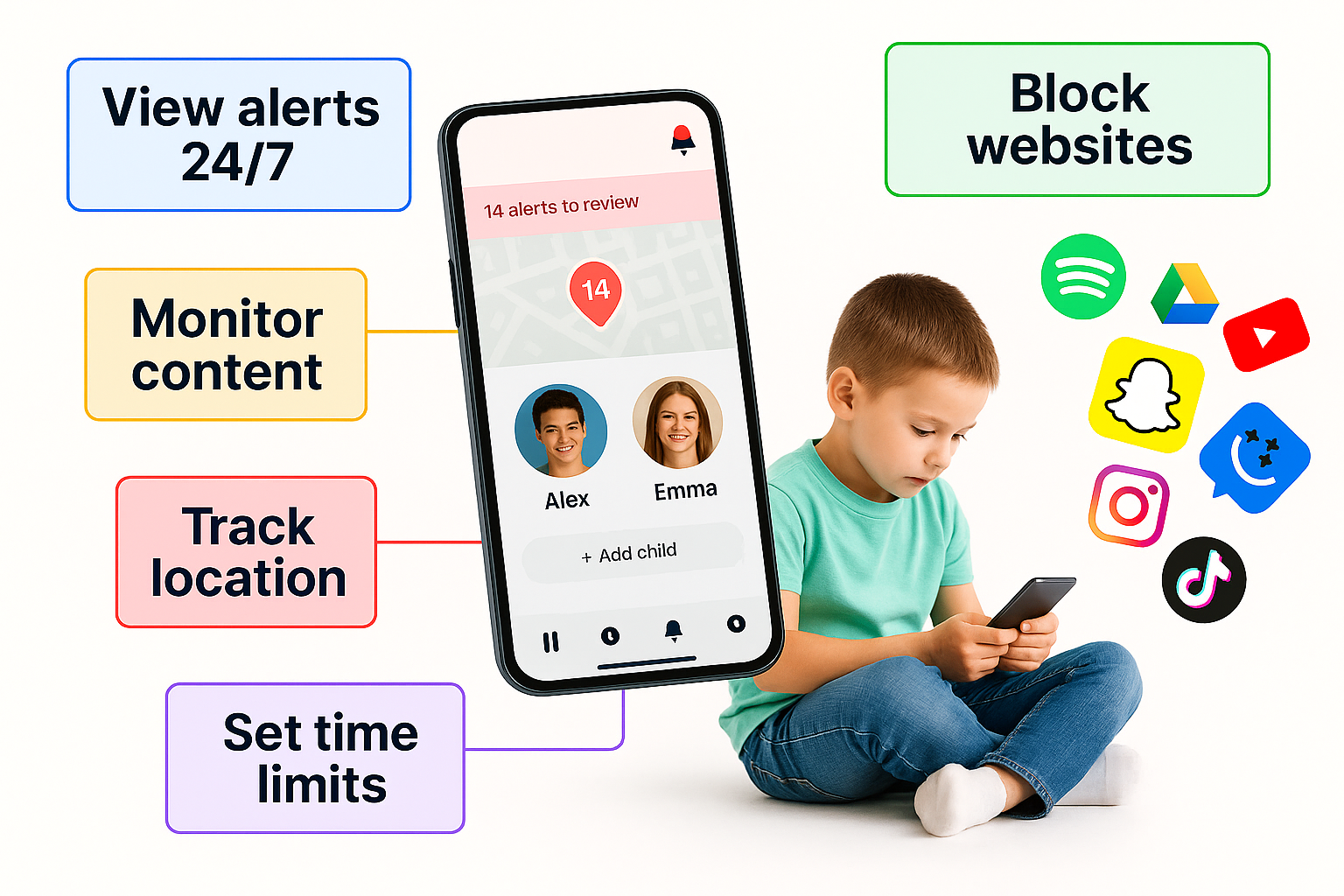Myth vs. Fact: 8 Common Misconceptions About Kids’ Phones and the Reality Every Parent Should Know
When we talk about kids and smartphones, fears and assumptions fly fast: “They’ll be addicted,” “They’ll fall behind,” “They’ll ruin their eyes—or their sleep.” But how many of those beliefs hold up when you look closely? This article walks through eight of the most persistent myths parents hear about phones for kids—and flips them with realistic facts, empowering you to make smarter choices for your child’s device, usage, and habits.
Myth #1: “My child won’t need a phone until the teen years.”
Fact: Many children start getting a sense of independence before their teens: walking to friends, attending after‑school activities, returning home alone, or staying for practice late. A purpose‑built device can support that transition. The key isn’t age—it’s readiness, responsibility, and structure.
Myth #2: “All screen time is harmful.”
Fact: Screen time isn’t one single thing. It spans educational apps, messaging family, video chats, games, browsing, and social media. The difference lies in purpose, context, and supervision. A phone set up with parental controls helps shift usage toward meaningful interaction—rather than blanket avoidance.
Myth #3: “If I give her a smartphone, she’ll get addicted.”
Fact: Addiction comes less from the device itself, and more from lack of boundaries, guidance, and context. When children’s first phones include time‑limits, trusted contacts only, and curated apps, the risk of compulsive use drops significantly.
Myth #4: “Smartwatches or simple phones are toys—not serious devices.”
Fact: For younger kids, simpler devices often make more sense. A phone with restricted features, or a first smartphone with heavy parental settings, can be a strategic stepping stone. The goal is communication and safety—not unrestricted entertainment.
Myth #5: “Parental controls are too complicated to keep up with.”
Fact: Modern kid‑friendly phones are designed with easy dashboards for parents. Approving apps, setting usage windows, and reviewing reports take minutes—and save countless hours of negotiation and stress.
Myth #6: “Phones will isolate my child from real friendships.”
Fact: What isolates children isn’t necessarily the device—it’s how they’re using it. A phone used for authentic connection (calling friends, collaborating, sharing creative work) can build social skills. A phone used for solo scrolling without interaction tends to withdraw. With the right rules, the tool supports relationships—not replaces them.
Myth #7: “Once a phone is given, I lose control.”
Fact: Actually, handing over a device equipped with controls and shared rules gives parents more insight and influence. You’ll be able to monitor usage, review contacts, set limits, and talk about what’s happening—without being the constant “screen police.”
Myth #8: “One size fits all—everyone uses phones the same way.”
Fact: Each child, each family, each stage of childhood is unique. What works for a 9‑year‑old in one household may not work for a 12‑year‑old in another. Tailoring the device, rules, and routines to your child’s maturity, peer environment, and your values is the best path to success.
Why Understanding These Myths Matters
Making decisions around your child’s first phone isn’t just a gear purchase—it’s a developmental moment. Every feature, every rule, every app shapes how they learn responsibility, manage relationships, and integrate tech into life. Recognizing myths allows you to build a device setup that supports growth, not just convenience.
What to Do Next
- Sit down with your child and ask: “What do you expect from your phone?”
- Write out one myth you believe and replace it with a fact we’ll follow together.
- Review your current or future device: Does it include parental controls, app filters, time limits?
- Create a “phone contract” where you agree together on how the device will serve, not distract.
- Check in monthly: What’s working? What needs adjusting?
Phones are not the enemy—they’re mirrors and tools of childhood in a digital age. When you navigate myths and embrace facts, you’re handing over more than just a device. You’re handing over structure, trust, and shared responsibility. And that matters far more than the screen itself.

